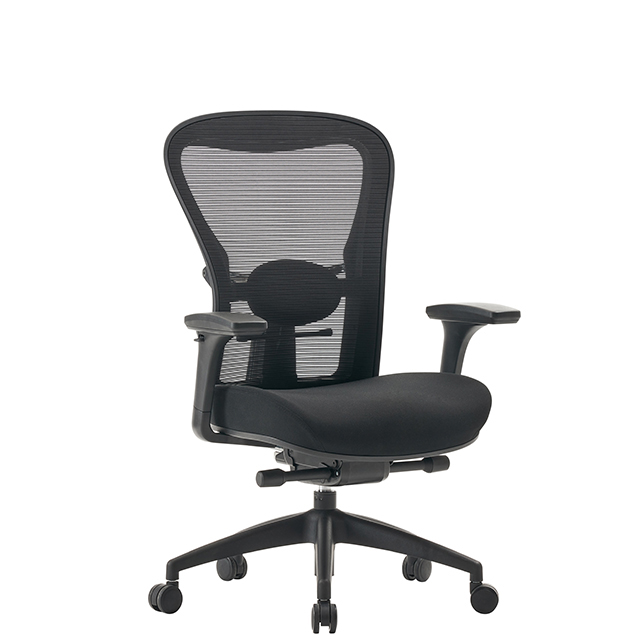Choosing the Right Ergonomic Bar Height Office Chair for Comfort and Productivity
Understanding Ergonomic Bar Height Office Chairs A Guide for Manufacturers
In today's modern workplace, the importance of ergonomic design has gained significant attention. Ergonomic office chairs, especially those designed for bar-height settings, are becoming increasingly popular as businesses recognize the need to prioritize employee comfort and productivity. This article explores the significance of ergonomic bar height office chairs and offers insights for manufacturers looking to create products catering to this niche market.
The Importance of Ergonomic Design
Ergonomics is the science of designing the workstation and its elements to fit the user. Proper ergonomics can reduce the risk of musculoskeletal disorders, which are common in office settings, and enhance employee well-being. When it comes to bar height office chairs, ergonomics plays a critical role in ensuring that users maintain a natural posture while seated at elevated surfaces like high tables, counters, or collaborative workspaces.
Key Features of Ergonomic Bar Height Office Chairs
1. Adjustable Height One of the essential features of an ergonomic bar height chair is its adjustable height mechanism. With the rise in popularity of standing desks and collaborative spaces, manufacturers must design chairs that can easily transition to different heights, accommodating various users and settings.
2. Supportive Seat Design The seat should be contoured to provide optimal support, promoting proper posture even at higher seating levels. Memory foam cushioning or high-density foam can be effective in ensuring comfort during extended use.
3. Back Support It is crucial for bar height chairs to offer adequate lumbar support. This support helps maintain the natural curve of the spine, reducing the risk of back pain associated with prolonged sitting.
4. Footrest Features Unlike standard office chairs, bar height chairs should include a footrest. This feature allows users to rest their feet comfortably, promoting circulation and reducing fatigue when seated for extended periods.
5. Mobility and Stability Ergonomic bar height chairs should have a sturdy base, preferably with a five-point design for stability. Additionally, the inclusion of wheels can enhance mobility, allowing users to easily move between workstations or collaborative areas.
6. Materials and Aesthetics The choice of materials can significantly impact the ergonomic properties and overall aesthetics of the chair. Breathable fabrics, durable upholstery, and contemporary design can make a significant difference in both comfort and workplace appeal.
ergonomic bar height office chair manufacturers

Market Trends and Opportunities
As remote work and flexible office designs become the norm, there is an increasing demand for ergonomic furniture, particularly bar height chairs. Manufacturers that prioritize sustainability and eco-friendly materials can capture a growing segment of environmentally conscious consumers. Additionally, customization options, such as various color choices and accessories, can appeal to organizations looking to create a cohesive office design.
Recommendations for Manufacturers
To thrive in the competitive market of ergonomic bar height office chairs, manufacturers should consider the following strategies
1. Research and Development Invest in research to understand the evolving needs of users and the latest advancements in ergonomic design. Engaging with ergonomics experts can lead to innovative product developments that stand out in the marketplace.
2. User Testing Implement comprehensive user testing protocols to gather feedback on comfort, usability, and aesthetic appeal. Real-world testing can provide invaluable insights that shape product improvements.
3. Education and Training Educate clients and customers on the importance of ergonomic furniture. Providing resources that explain the benefits of ergonomic design can assist organizations in making informed decisions.
4. Partnerships and Collaborations Collaborate with workplace designers and architects to promote ergonomic solutions in new office spaces. These partnerships can help reach a wider audience and establish the brand as a leader in ergonomic office solutions.
5. Embrace Technology Consider integrating smart features into ergonomic bar height chairs, such as sensors that monitor posture and provide feedback. This can add value and differentiate the product from traditional options.
Conclusion
Ergonomic bar height office chairs represent an essential component of a modern, healthy workplace. As manufacturers look to innovate in this growing market, understanding the principles of ergonomic design and user needs will be crucial. By focusing on quality, comfort, and adaptability, manufacturers can create products that not only meet market demand but also contribute to the overall well-being of employees in diverse work environments.
share:
-
Multi Colored Modular SofasNewsJul.07,2025
-
Enhance Seating Experience with Chair AccessoriesNewsJul.07,2025
-
Enhance Four Legged Chairs with WheelsNewsJul.07,2025
-
Elevate Your Workspace with Luxurious Boss ChairsNewsJul.07,2025
-
Discover Comfort of Compression SofaNewsJul.07,2025
-
Training Chairs Aim To Provide A Fully Functional And Flexible Workspace For Various Training, Educational, Or Collaborative ActivitiesNewsJun.06,2025
-
The Big Boss Office Chair Aims To Provide Comfort And Support For Individuals In Management Or Leadership PositionsNewsJun.06,2025









